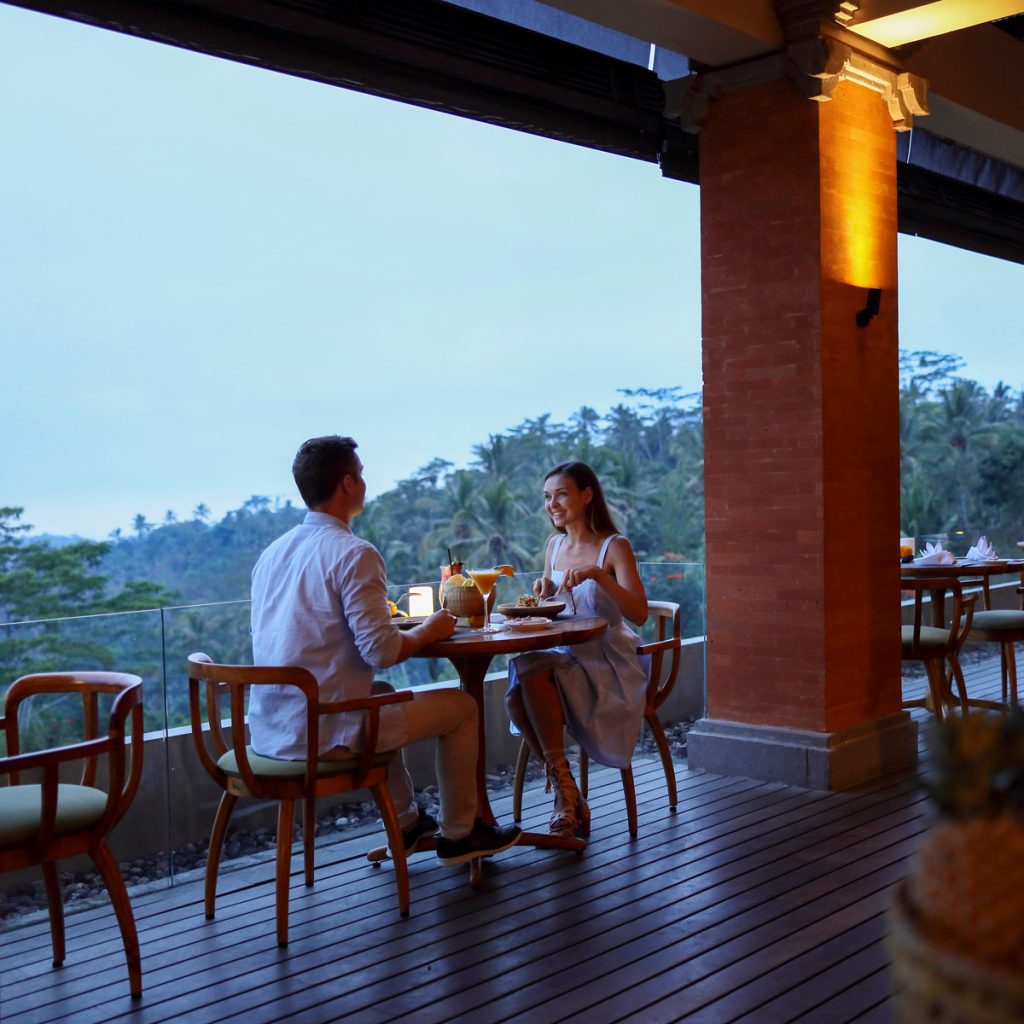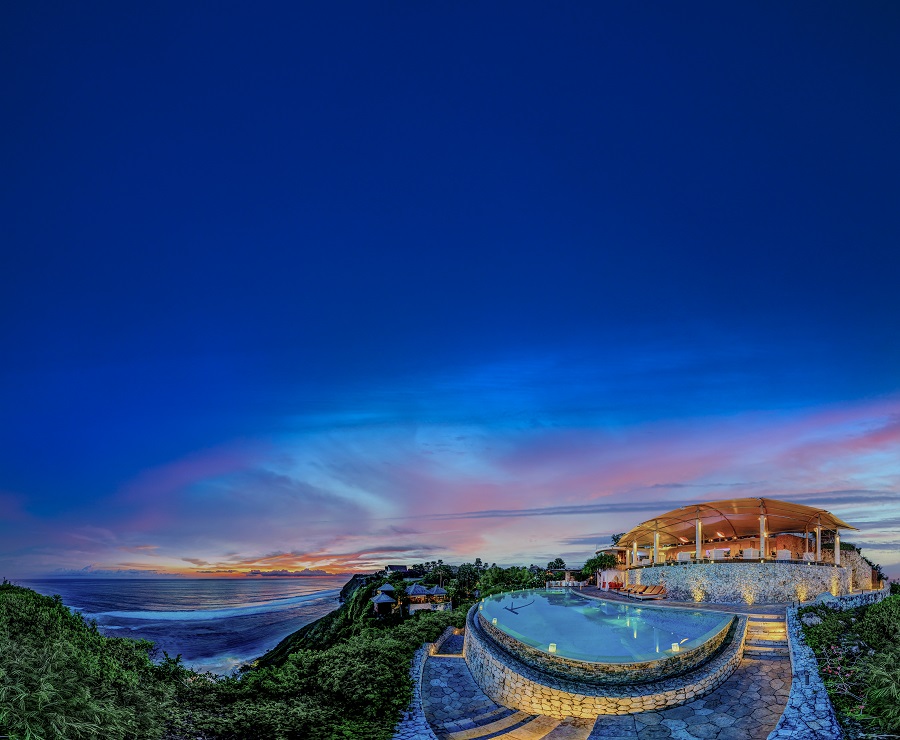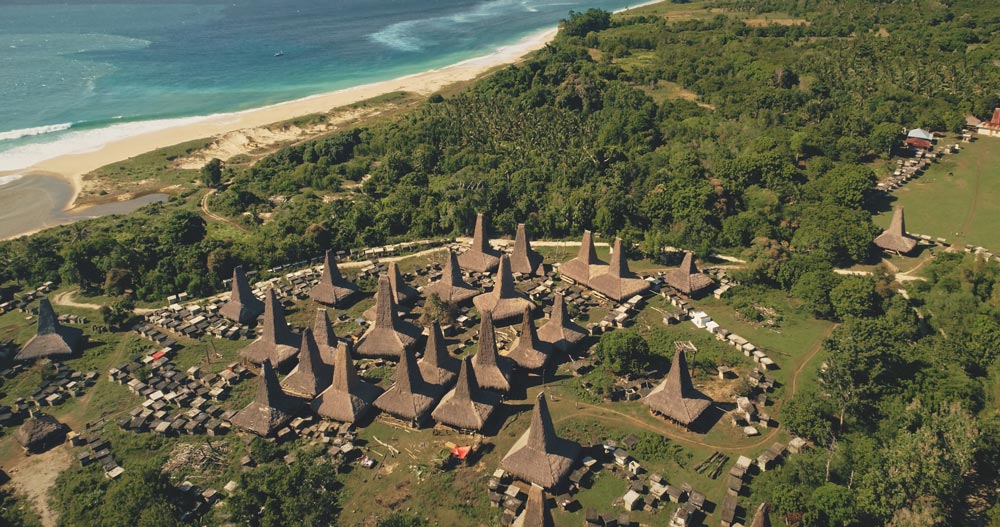
As one travels further east into the Indonesian archipelago, the lands become more raw, rural and rugged. Sumba is the perfect example of this. Though only an 80-minute flight from Bali, it is vastly different: just that extra step, that slightest seclusion, has left this island perceptibly more primeval. To visit Sumba is to take a walk on the wild side.
Found south of Flores, also in the East Nusa Tenggara province, Sumba’s impressive 11,000 square kilometres is a vibrant landmass whose environment shifts from lumpy limestone hills, hazy olive-hued grasslands, to valleyed forests and the dry savannah of its eastern regions. It is the land of wild horses and exotic birds, azure lagoons and cascading waterfalls, megaliths and ancient tapestries.
Owing to its isolated location, Sumba has remained relatively undisturbed even throughout history. As the Indonesian archipelago was being shaped by its many ancient kingdoms, from Mataram to Majapahit, the island only felt the ripples of these distant powers; later too, as Europeans took a colonial foothold, both the Portuguese to Dutch, the Sumbanese way of life was rarely disrupted. As such, Sumba’s indigenous Marapu culture thrived through the centuries, giving the island its distinct character and identity.
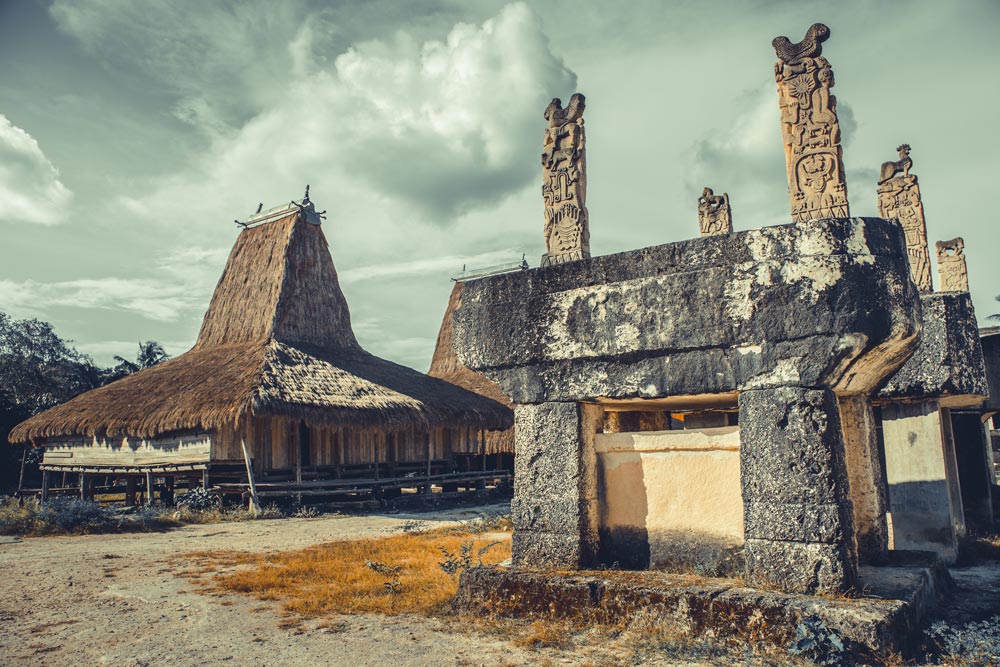
Evidence of this is seen quite quickly as one drives through the sparsely populated interior of this vast island, where large stone burial sites are placed in front yards of village homes — a remnant of the Marapu ancestral beliefs. Now many of these megalithic tombs are adorned with Christian crosses as faiths have shifted, but aspects of culture still remain.
What really put Sumba on the tourist map, however, are the horses. Sumba’s local horse culture continues to hold sway: cherished companions and invaluable assets to the people of Sumba, serving as symbols of status, wealth, and prestige. Across the rugged terrains from West to East Sumba, these noble steeds roam, both wild and mastered. Known as Sandalwood ponies, these indigenous horses are descended from ancient Arabian and Mongolian stock, and are renowned for their agility, stamina, and resilience in the face of Sumba’s challenging terrain. A horse ride along the glistening beachfronts has become one of the irresistible, must-do experiences when visiting the island.
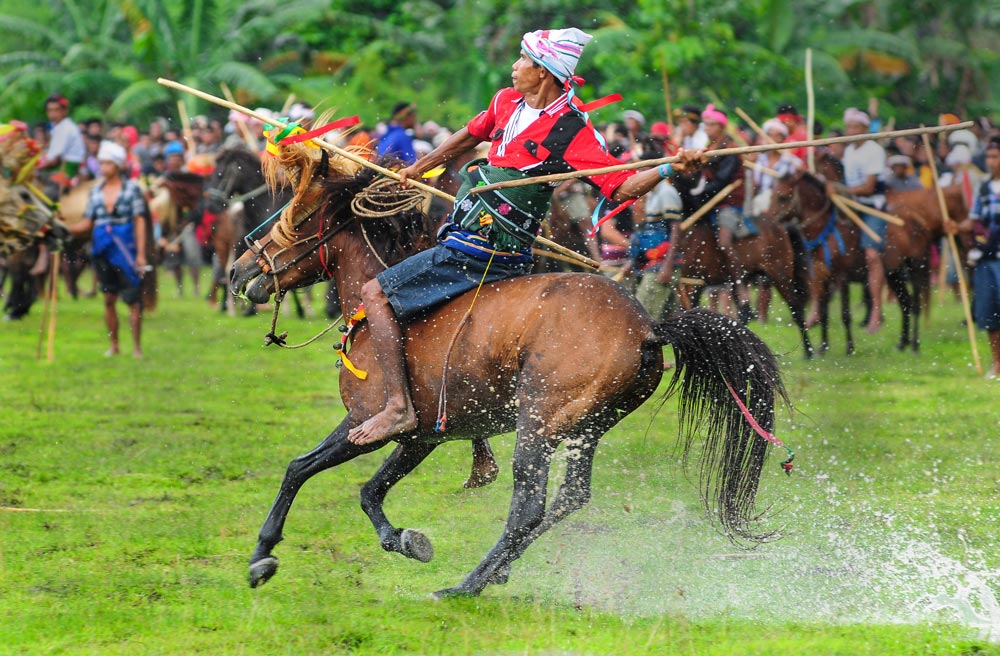
One of the most iconic expressions of Sumba’s horse culture is the traditional ritual known as Pasola—a spectacle that captivates locals and visitors alike with its pageantry and symbolism. Originating from ancient animistic beliefs, Pasola is a mock battle between rival groups of horsemen, who charge at each other with wooden spears in a display of bravery and skill.
At its heart, this sacred ritual honouring the spirits of the land, is a blood sacrifice, where each drop from a struck rider contributes to the land’s fertility — a thanks for a successful rice harvest and ensuring another prosperous one. Pasola festivals are mostly found in West and Southwest Sumba, set upon a vast, designated field upon the region’s rolling hills. It is quite the feat, calling in visitors every year, taking place around February or March.
Southwest Sumba has become the preferred port of entry for contemporary travellers, initially called by the Pasola, but slowly enticed by images of isolated beachfronts that softly transition into rolling coconut groves and terracing farmlands.
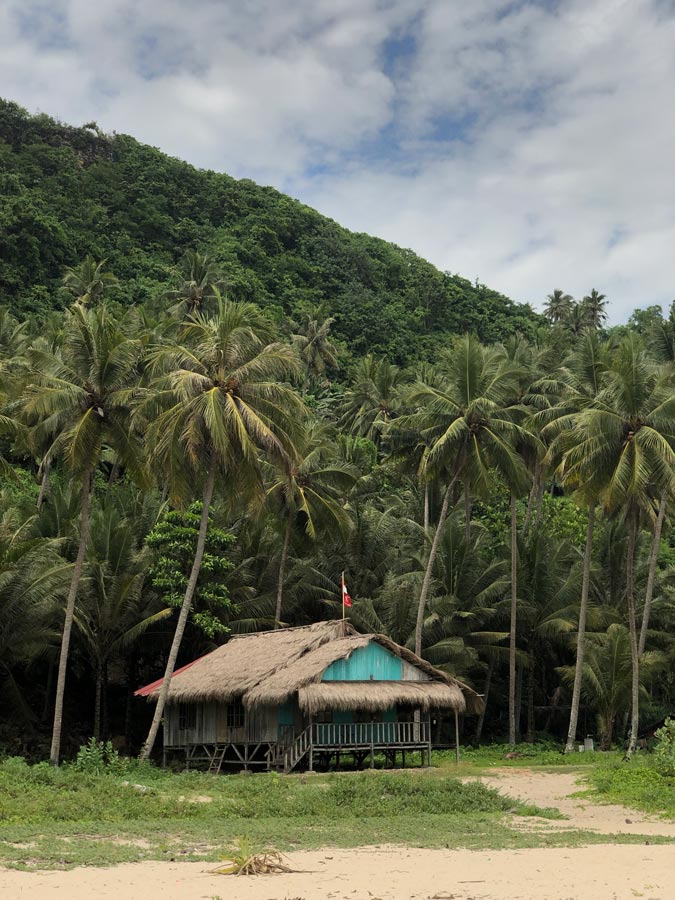
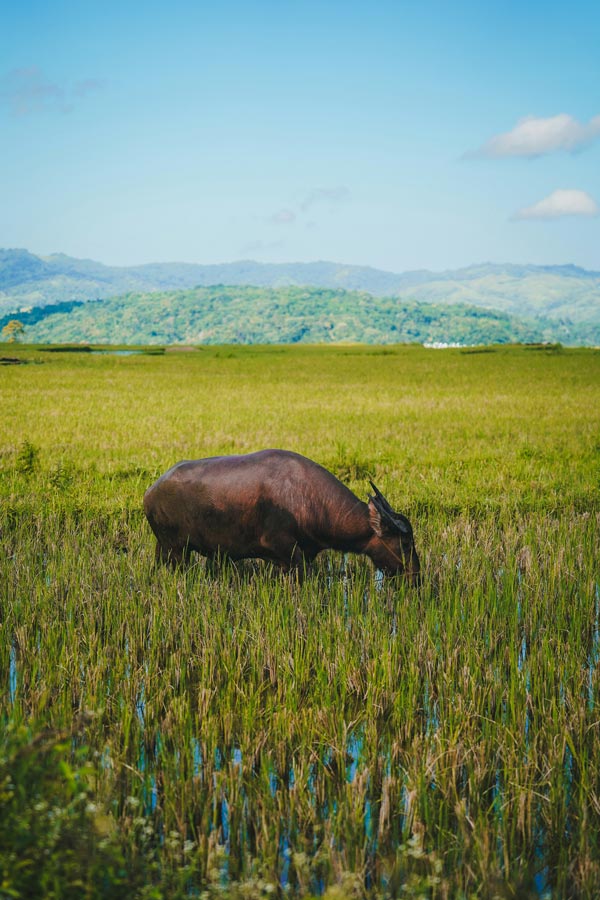
Touching down in Tambolaka Airport, it becomes obvious how little developed the island is: Tambolaka, the region’s main administrative city, a sparse and humble urban centre, offering basic modern conveniences but displaying more the atmosphere of a giant village. Leaving the ‘city’, into the heart of Southwest Sumba, any sign of modernity quickly dissipates and is replaced by village scenes and expansive farmlands. Water buffalo roam the hillsides, wading through rice fields or submerging themselves completely in lowland ponds to cool off from the tropical heat.
Visible from a distance, always perched upon an open knoll, are Sumba’s Kampung Adat, or traditional villages. They are instantly recognisable by their peaked houses, known as uma mbatangu, another Marapu custom. These timber and bamboo homes are made up of three stories, the first floor at ground level where pigs, chicken and other livestock reside; a second-floor elevated on stilts, the designated living or ‘human’ space; and the third level which gives the homes their high-pitched roofs, dedicated for sacred heirlooms.
Other than Pasola festivals, the Kampung Adat are great ways to gain further insight into local culture. The megalithic tombs mark the centre of the village, dolmen burial methods dating back to the early Metal Age. Upon them, elaborately engraved menhirs are erected, memorials to the dead and the depicted motif symbolic of their position in society.
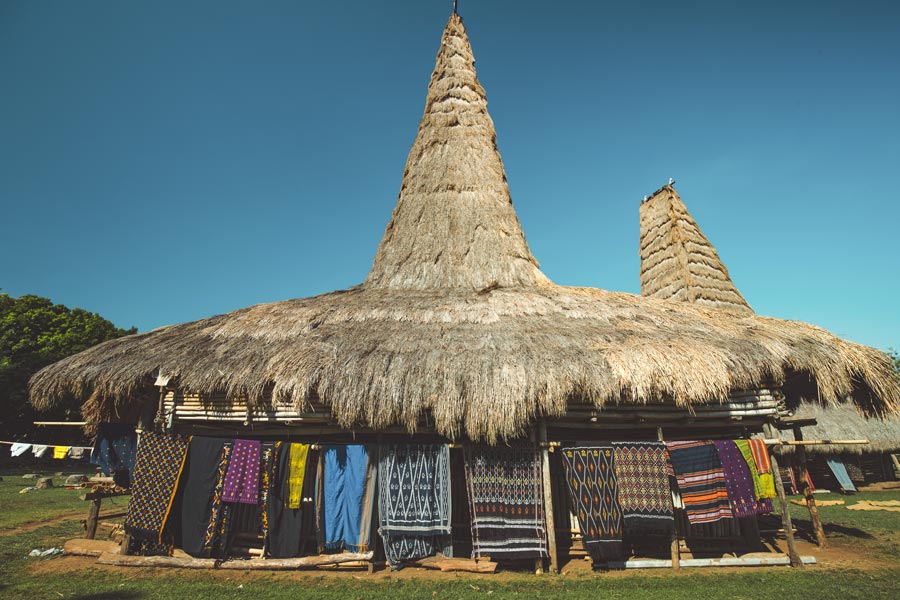
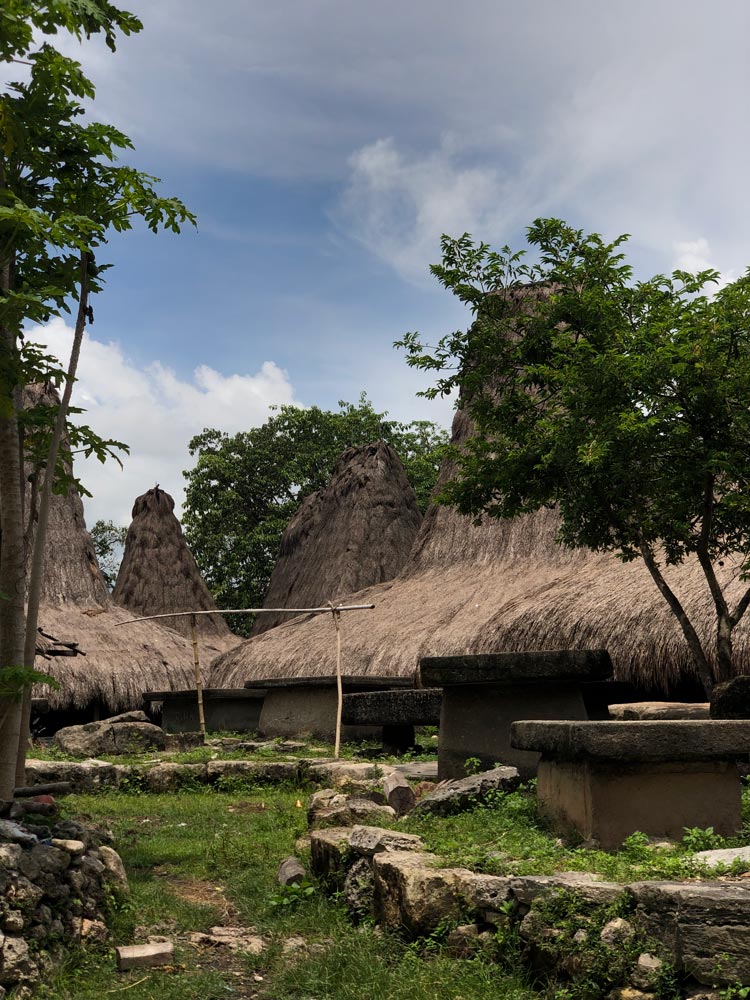
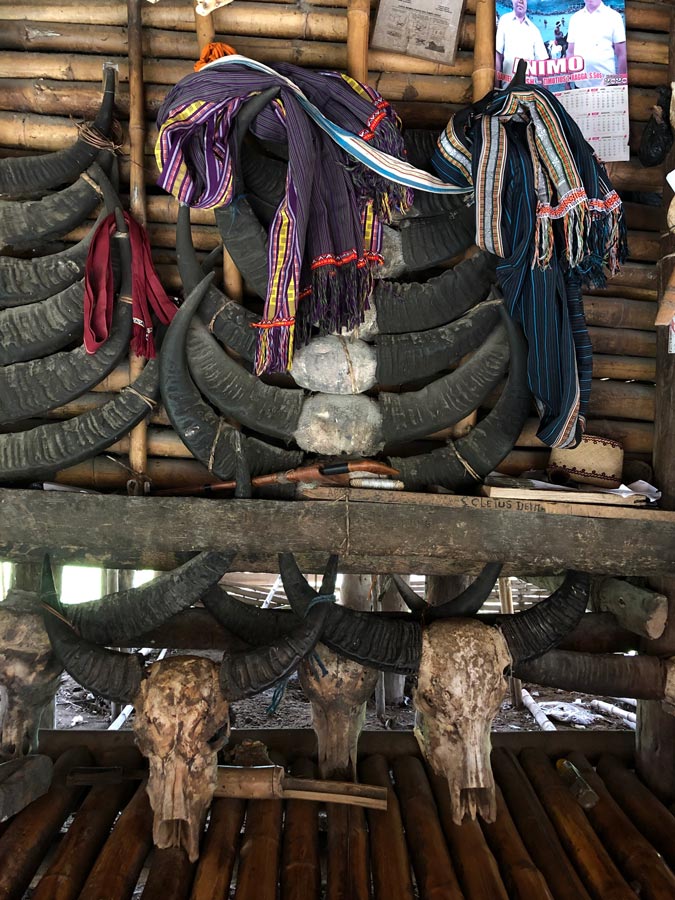
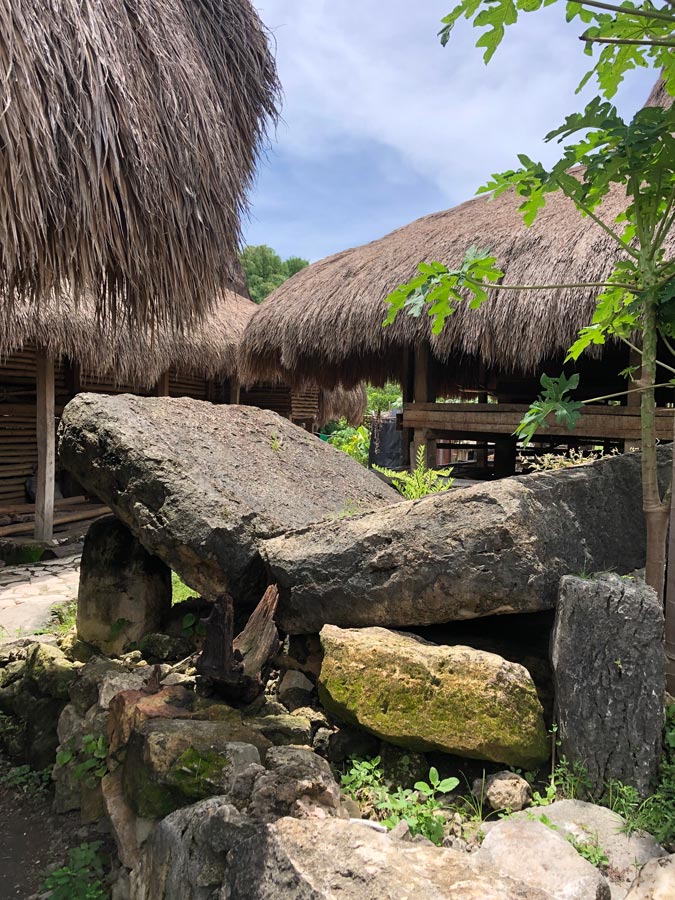
Upon these stone slabs, sacrifices are also made, often to ancestors. Remnants of these sacrifices are found hanging on the front verandas of each uma: the skulls of water buffalo, stacked neatly with their wide horns, giving each home a somewhat ominous first impression.
During the day, one may be lucky enough to see women weaving their ikat cloth, another aspect of local culture that has put Sumba on the map. These gorgeous, handmade textiles are used mainly for ritual attire; long stunning tapestries depicting motifs of horses, trees, local life and other symbolism. They have become prized among textile enthusiasts around the world, taking up to six months to finish, sometimes even longer. These are important textiles in Sumbanese rites of passage, including birth, wedding and funeral ceremonies. Visitors can often see the older women of the village weaving away in their homes during the day.

Sumba’s intriguing cultural encounters are matched by its stunning and diverse surroundings. From east to west, coast to interior, the island terrain shifts, offering a spectrum of environments to explore.
The coastlines are a surfer’s paradise. Constant pursuit for new breaks has indirectly made surfers’ into travel pioneers; the same is true in Sumba. The southwest coast swells into perfect glassy breaks, accessed from the expansive white sand beaches that stretch and stretch, bordered at either end by the dramatic headlands that enclose them in.
Beaches are eerily devoid of people, other than perhaps nearby hotel guests (of which there are few), or a local washing their horse in the waves. As you walk along the pristine beachfront — and pristine is not hyperbole in this case — it’s hard to comprehend that you quite literally have this paradise to yourself.
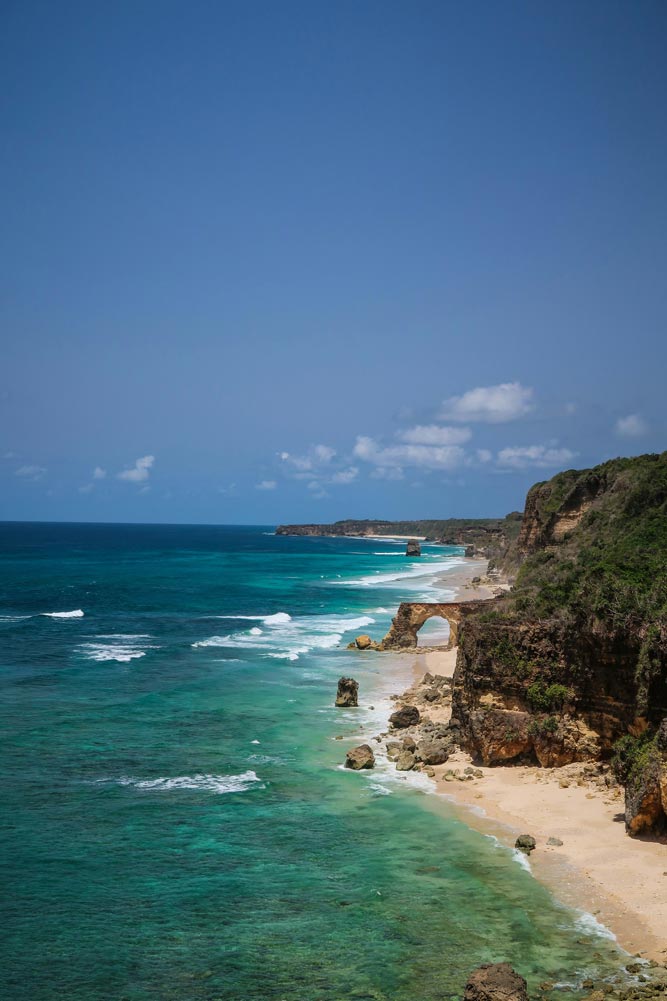
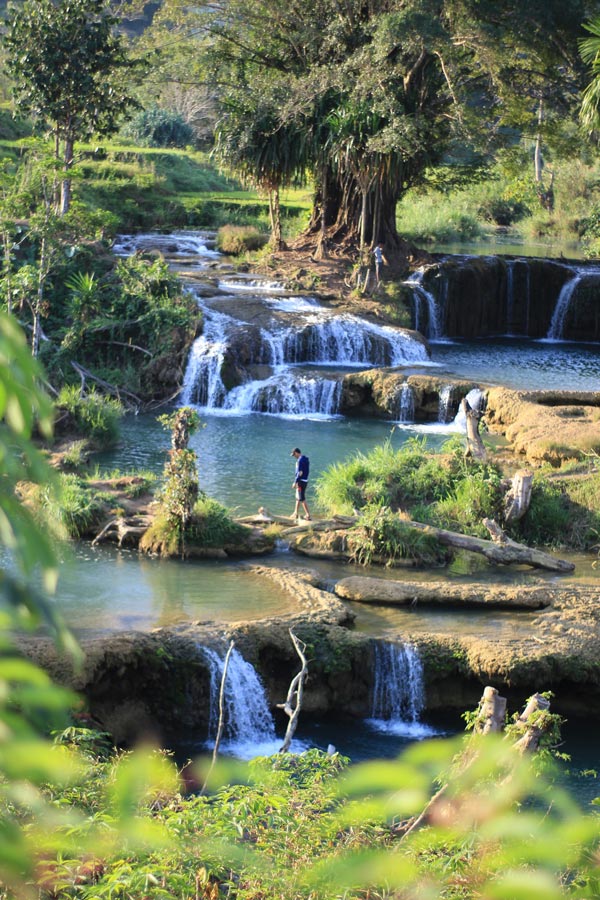
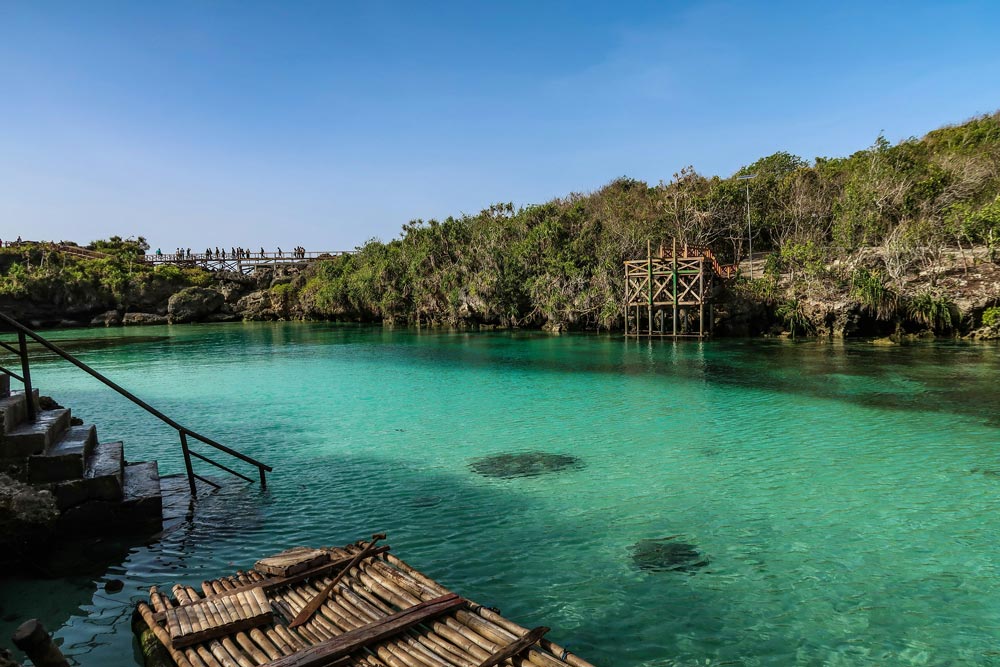
The magic continues as you venture inland as well, where West Sumba’s lumpy landscape begins to grow into rolling hillsides. Gorgeous waterfalls are found across the area, cascading gently across the open plains like at Waikacura Waterfall, or between the dramatic gorge like that seen at Tanggedu Waterfall, or down the forested valleys of central Sumba like Lapopu Waterfall. On the west coast, close to the recently opened Cap Karoso boutique resort, another water feature entices visitors: Waikuri Lagoon, an ocean-fed lagoon known for its clear and sparkling blue waters like a giant natural swimming pool.
For those keen to really experience Sumba’s rich environment should venture to the island’s two national parks: Taman Nasional Manupeu Tanah Daru, West Sumba Regency; and Laiwangi Wannameti, East Sumba Regency. Both of these national parks — jointly referred to as ‘MaTaLaWa’ — are teeming with life, collectively home to 84 species of birds, 49 species of butterflies, 29 species of reptiles and 10 species of mammals.
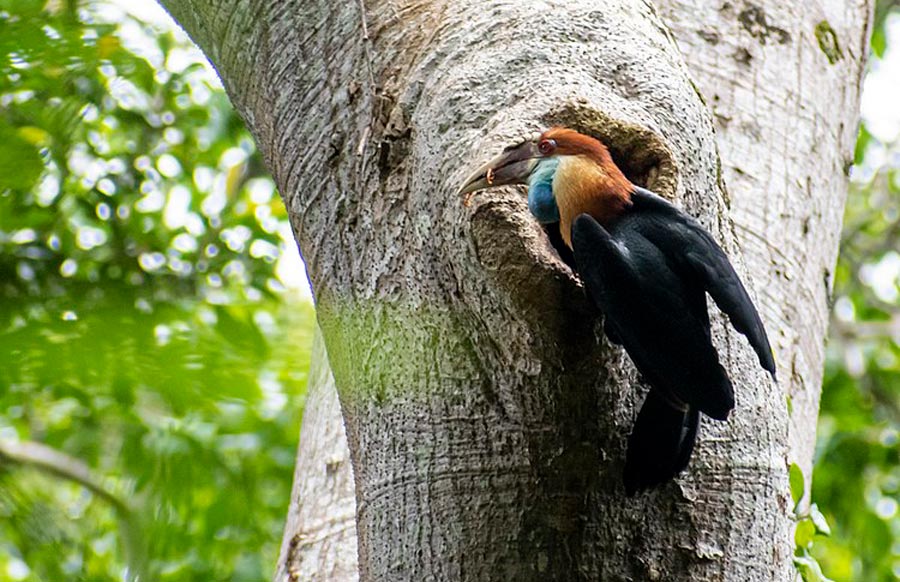
They both exhibit different environments, with Manupeu the only low-ground forest in Sumba and Laiwangi thickly forested. For hobby ornithologists, Sumba’s diverse endemic species of birds make for great watching, with the colourful Sumba yellow-crested cockatoo, purple-naped lory and apricot-breasted sunbird adding vibrance to the canopies. Most rare is the majestic but endangered Sumba hornbill, known locally as julang, that swoop in the semi-evergreen forests of Manupeu.
Sumba remains an unspoilt paradise, sparsely populated and scarcely developed. From its empty coastlines to its vibrant national parks, nature continues to hold stead, coloured by the galloping horse-riders that travel these wild lands. Again, only an 80-minute flight from Bali and you are in a new world. The only way to really experience it, is by going yourself.

